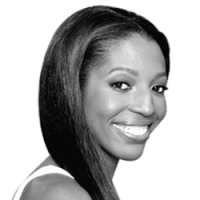Politics
jean-Louis Atlan
George H.W. Bush Modeled the Kinder, Gentler and More Colorful GOP That Could Have Been
ANSWERING TO HISTORY
The 41st president’s own family gave him reason to work toward a more inclusive and diverse Republican Party.
opinion





